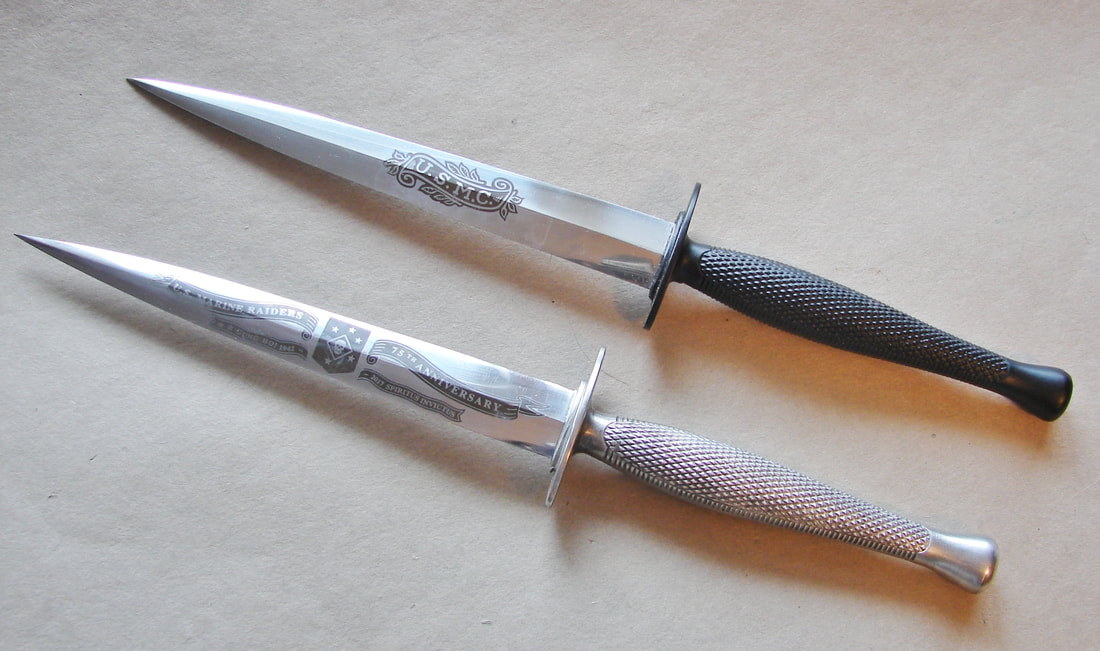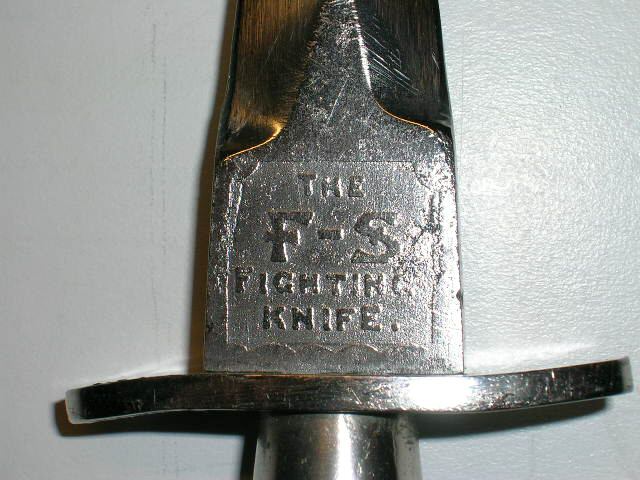- Joined
- May 1, 2019
- Messages
- 718
i'm working on a replica Fairbairn-Sykes fighting knife, and i was considering having a go at some of the etching that was on the originals. they did the original with acid etching, but these days everyone seems to use electrochemical.
any thoughts on which is the best approach?
i already have ferric-chloride, and will have to order stencils either way.
i can also order a basic electrochemical etching machine (i know you can build them, but i'm not going to)
thanks
any thoughts on which is the best approach?
i already have ferric-chloride, and will have to order stencils either way.
i can also order a basic electrochemical etching machine (i know you can build them, but i'm not going to)
thanks



